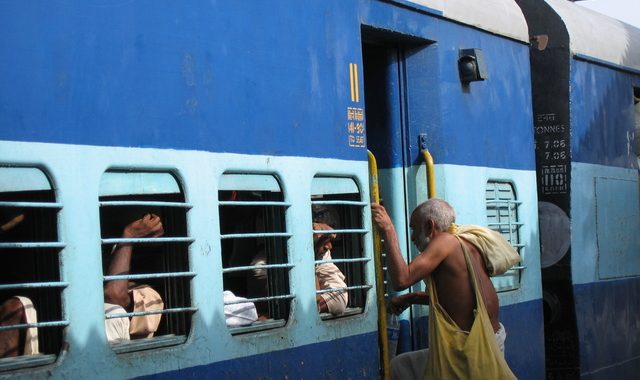Wacky HSE Regulations from Around the World – Part 2: Growing Pains
In last week’s blog post I discussed, what I term, HSE first-world problems – regulations that are overly complex that feed an industry of consultants, lawyers and bureaucrats with no approachable benefits to worker health or safety or environmental protection.
Unfortunately, these overly complex HSE regulations are not a characteristic of only developed nations; there are also examples from developing countries. These are particularly evident when regulations have been developed by well-intentioned international aid agencies working in some of the poorest countries in the world. While the regulations may be appropriate elsewhere, they are often too complex for local companies to understand. This coupled with the lack of effective regulatory regimes means that they are ignored.
Of course, the opposite situation – the lack of clear and effective HSE regulations or contradictory HSE regulations - is the norm in most developing countries. This has been recently (and tragically) highlighted in an August 2016 report on the death of two workers at a university campus in India. I’ll briefly summarize the case here, but I encourage you to read the report and this article for more details. The following is an excerpt from the article:
“On June 21, 2016, two young men died. Their bodies were found in a tank at the Anna University campus in Chennai. They were employees of a subcontractor who had been hired to seal the tank with rubber to prevent any leakage of air.. The two workers, Ramesh Shankar and Deepan, had arrived at the site at around 11.30 am and begun work. By 3.30 pm, when they were pulled out of the tank, Deepan was dead and Ramesh Shankar, while still breathing at the time, died a few minutes later.
According to statements from the university and the police, it seems that Shankar and Deepan had been working with two chemicals, silicone and toluene. Toluene is a solvent derived from benzene. While less harmful than benzene, inhaling or ingesting toluene can cause serious damage to the nervous system and even be fatal. Despite the confined nature of the tank, with only a solitary opening right at the top, the two men were given no safety gear and no supervisor from either Anna University or their employer, Kavimeena Rubber Products, was standing watch. Subsequent investigation by a team of labour activists found the situation to have been “lethal right from the beginning”.
The needless tragedy of the two deaths is mirrored by the tragedy that is the state of the laws and public institutions set up to deal with incidents such as these. There are sixteen laws (and a dozen or more boards, directorates, inspectorates and other bodies) that deal broadly with the subject of working conditions and occupational health and safety (OHS) in India. But despite this seeming glut, the circumstances that led to the death of Shankar and Deepan seem to have contravened no law at all."
This lack of clarify and lack of accountability is a key issue with HSE regulations in much of the developing world. Is it really that difficult to come up with simple, straight-forward and effective HSE regulations? What is the downside? How many more workers must die, must be injured or how many more environmental problems need we see before taking action?
The fact that the HSE regulatory regime in India is a mess is not news to anyone, including the government, e.g., The Working Group on Occupational Safety and Health for the Twelfth Five Year Plan (2012-2017) has made a number of recommendations to try to update the antiquated and ineffective HSE regulatory system in the country. Many similar suggestions have been made in the past. However, since (as far as I am aware) virtually no progress has been made on the goals set in the 2011 Working Group report I suggest we don’t collectively hold our breath waiting for any serious changes in the near future!
Thanks for reading. Keep safe. Be healthy. Respect your environment.
I hope that you will bookmark the blog, share it with your colleagues and visit the blog frequently because you find it informative and helpful. I value your feedback and suggestions for future topics.
Please enter your email in the box at the top of the post and subscribe to our blog HSE Asia - our weekly blog will be emailed directly to you.
Next Week’s Blog Topic: The Blame Game – Who is Responsible for China’s Air Pollution Problem?
Photo Credits: Without Ticket image courtesy of polysyllabic pseudonym at www.freeimages.com.
- Is Your Business Compliant with HSE Regulations? Take Our Quiz to Find Out! - September 16, 2024
- Duty of Care: What it Is and What it Means to Companies Operating in the GCC? - January 28, 2024
- Free E-Book:Health, Safety, and Environment Regulatory Review – United Arab Emirates: An Overview of Federal Requirements - July 5, 2023
